One means none
Don’t get on board with single pilot flights
What is the problem?
Airlines and airplane manufacturers want to reduce the number of pilots flying a plane from 2 to 1. However, relying on one pilot is not enough as flying with just one pilot is like flying on a pilotless flight.
Can planes fly
with 1 pilot?
Planes, especially large commercial ones, require multiple pilots for safe flying. Flight safety relies on a team of pilots sharing tasks and working together. Their roles include flying the plane, monitoring the flight, managing automation, and addressing any risks in a complex and changing environment. If a pilot becomes incapacitated or unwell, there would be no one else in the cockpit to swiftly take control. Reduced Crew Operations (RCO) are a gamble with your safety.
Can automation
replace a pilot?
Automation on a plane requires humans to programme and manage it effectively. And, it often fails. Two pilots work as a team, they serve as a critical safety net, monitoring systems, detecting errors, and mitigating potential hazards before they escalate.
Planes are also equipped with multiple backups – like two engines, two generators, two hydraulic systems, two navigation receivers. This redundancy is key to maintaining today’s impressive safety record. If one system fails, another kicks in. The same applies for pilots: if one gets sick or needs to use the bathroom, another one must swiftly take over.
Who is
pushing for this and why?
Airlines and plane manufacturers like Airbus and Dassault hope to sell more aircraft than their competitors. In particular, airlines are pushing to replace pilots with automation to reduce personnel costs and possibly increase their profits. While this serves their commercial interest, it will not make flights any cheaper for passengers.
Who can
stop this?
The European Aviation Safety Agency (EASA) is considering allowing single pilot flights, under pressure from manufacturers and airlines. It is up to all of us – passengers & crew – to stand against this move and protect our safety.
Tell us what you think about flying with only 1 pilot in the cockpit!
"*" indicates required fields
Risks related to Single Pilot Flights
- Lower situational awareness
- Heightened pilot workload for pilot & cabin crew
- Absence of redundancy
- Lack of mutual cross-checks between the two pilots
- No safety backup
- Psychologically draining flights
- Decision-making overload for the single pilot
Security risks
Pilots often deal with in-flight security issues related to:
- Airspace
- Airport events
- Unruly passengers (potentially with malicious intent)
- Vulnerabilities in aviation infrastructure (including cybersecurity threats and (in-flight) security issues)
How can a single pilot deal with all this while safely flying?
Operational challenges
Pilots encounter operational challenges during all phases of the flight arising from:
- Directions from air traffic control
- Weather conditions
- Equipment malfunction
- Airport congestion
- Flight diversions
- Issues with passengers (including frequent medical emergencies).
Having two trained pilots in the cockpit doubles the chances of successfully navigating critical situations and ensuring passenger, crew & cargo safety.
What do pilots & passengers have to say? 
As a passenger, it scares me the fact one pilot could manage a hard scenario, including weather, busy airport and maybe a malfunction of the aircraft with 200 people on board. Not good!
This shouldn't come to pass. In any system, redundancy is a layer of protection. Peeling these layers from five crew members to just one is one step too far, because as it eliminates crucial human backup.
We need to have pilots with experience that know the plane(s), a second pilot in the cockpit that understands the situation without having to be explicitly told about every detail. Redundancy in the aviation industry saves lives.
As an aircraft mechanic, it's deeply disturbing to hear about the attempted reduction in the most important redundant safety system - the pilots.
As I pilot, I think they are loosing their mind. Only looking for the money, not for the safety. If the pilot becomes incapacitated what? Is ridiculous...
Can the manufacturers convince the pilots first? This is simply the most aeronautical nonsense and non safety idea of all time.
Economy placed before safety. Not the best decision in time critical complex environments like a cockpit.
Who will take command and monitor the flight on bathroom breaks? Who will take over on a cargo flight when this single pilot is suddenly incapacitated?...
I fly a lot because of my work but I will rather quit my job than get on a plane with only one pilot!
As a passenger, I am worried and against this move !
We have spent decades learning from avitation's mistakes to save lives. Have those accidents not taught us the incredible value of multiple crew members to manage emergencies? Additional redundancy is a fundamental principle of airline safety. Removing the redundancy of two pilots is insanity. We have spent blood and treasure making avitation safer in tiny increments.. Small steps forward... Now they want to take one giant leap backward.
A single pilot could become incapacitated, fatigued or simply overwhelmed in an emergency at 35,000 ft and 950 km/h....
It's likely that Airbus is already considering plans to repurpose the cockpit jump seat into a multirole toilet or additional seating for the single pilot during cruise. We've witnessed a significant reduction in crew size over the years, from five individuals including a navigator, radio operator, and flight engineer, down to just the captain and first officer. However, this is a crucial line we shouldn't cross. Personally, I wouldn't feel comfortable flying as a passenger on a long-range aircraft where only one pilot is left alone for hours on end.
I'm a purser and I don't REALLY want to work up in an aircraft with only one pilot. After 27 years flying I've been through several situations that have required the teamwork of two......
NEVER! Jamais de la vie je pourrai accepter ca !
I hope people and especially regulators start realizing an aircraft can’t be put still on the track like a train or on the side if the road like a car… If things go wrong with an airplane, you need all hands on deck and if the one remaining pilot is in the toilet or worse incapacitated, who’s gonna safe the day when the automatics fail?
Insanity, what is the point of this? We currently consider the incapacitation of one pilot, leading to single-pilot operation in a transport category aircraft, an emergency situation. What is the reason behind this push for the removal of a layer of safety?
Campaign Materials

Why two pilots are crucial for aviation safety | The dangers of eMCO and Single-Pilot Flights

Letter to Airbus CEO
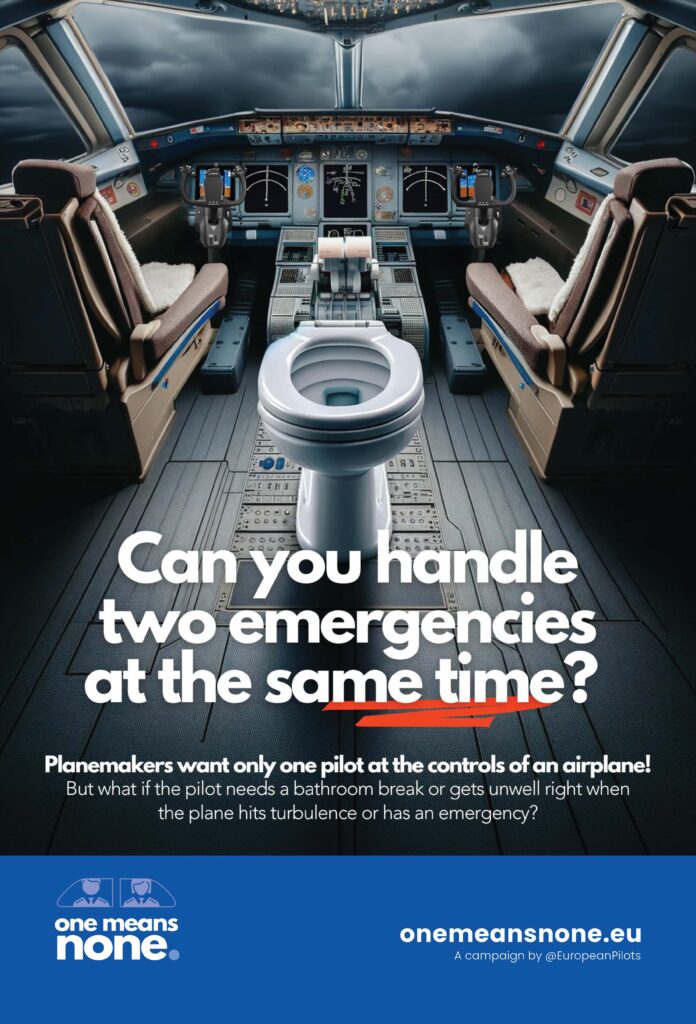
“Can you handle two emergencies at the same time?”
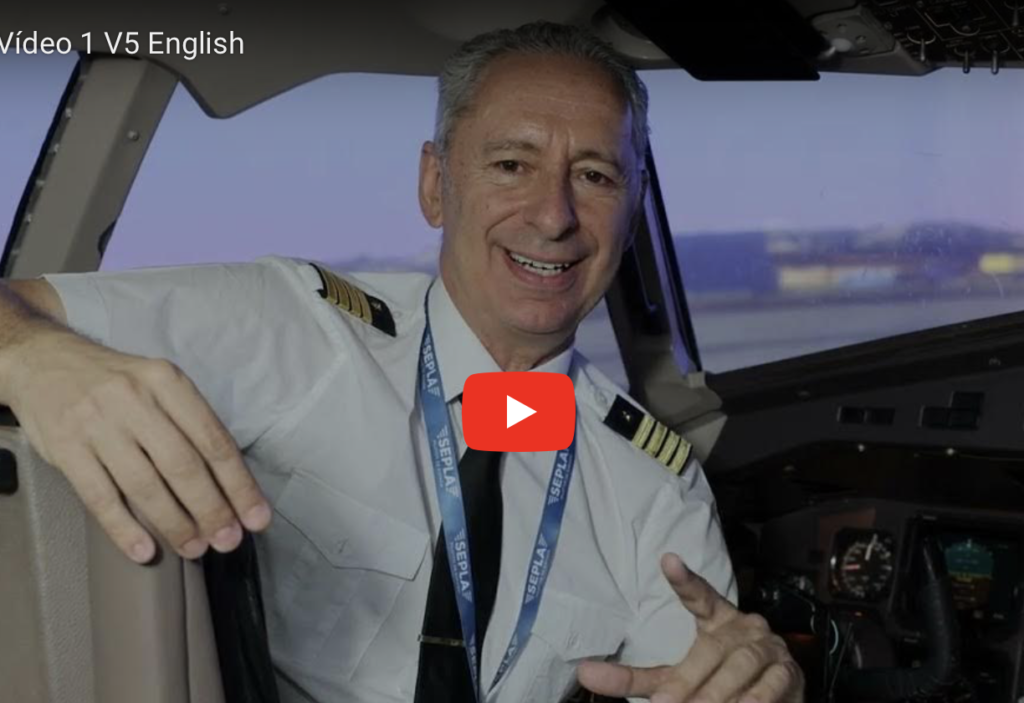
Always two pilots in the cockpit

Why having 2 pilots in every flight phase is crucial?
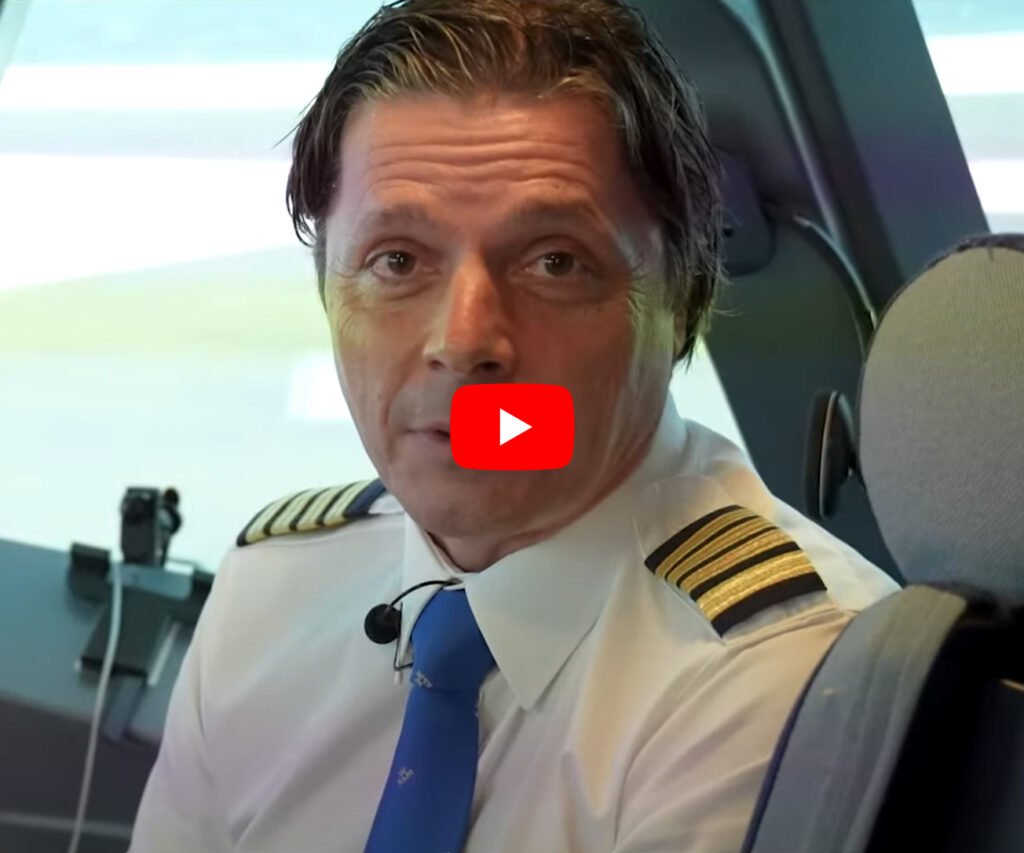
Reduced Crew Operations explained
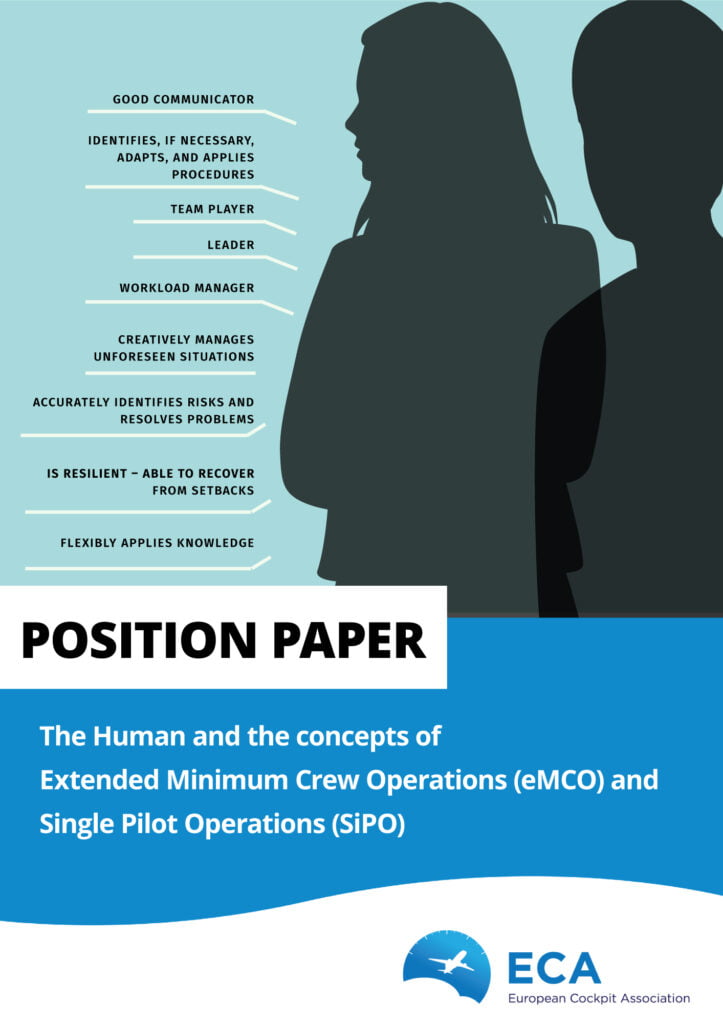
The Human and the concepts of Extended Minimum Crew Operations and Single Pilot Operations
In the news

Daily Mail: Would YOU be happy flying in a plane with only one pilot at the controls?
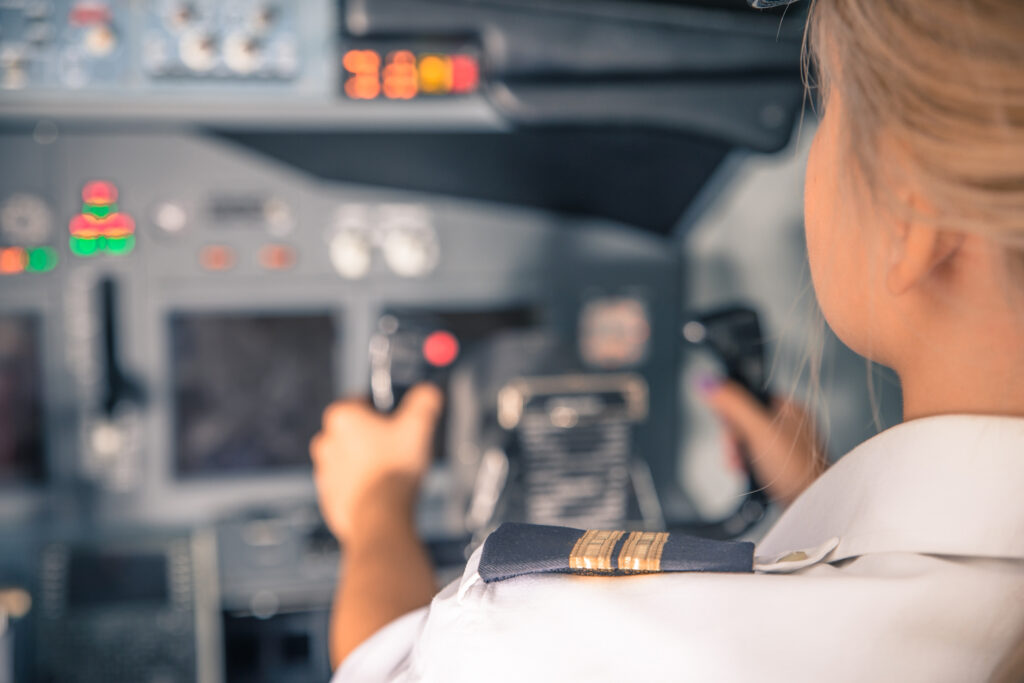
The Independent: Plans for planes to be flown with one pilot in cockpit labelled ‘gamble with safety’
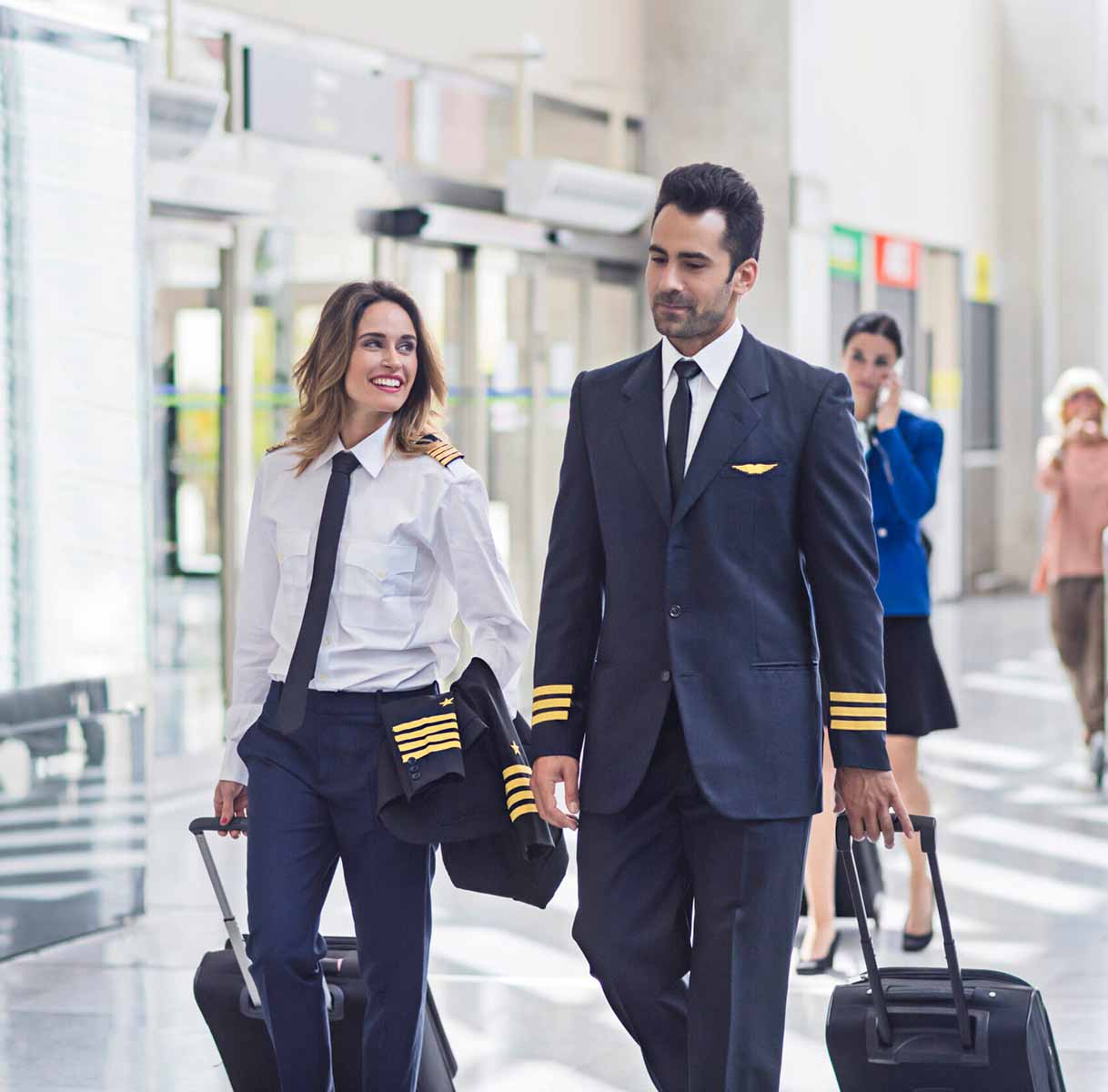
About ECA
The European Cockpit Association (ECA) is the voice of European pilots within the European Union. It represents over 40,000 pilots from national pilot associations across 33 European states, with 3 Associate Members. ECA advocates for enhancing aviation safety and promotes social rights and quality employment for pilots in Europe.
Stay informed by subscribing our newsletter!
"*" indicates required fields

















